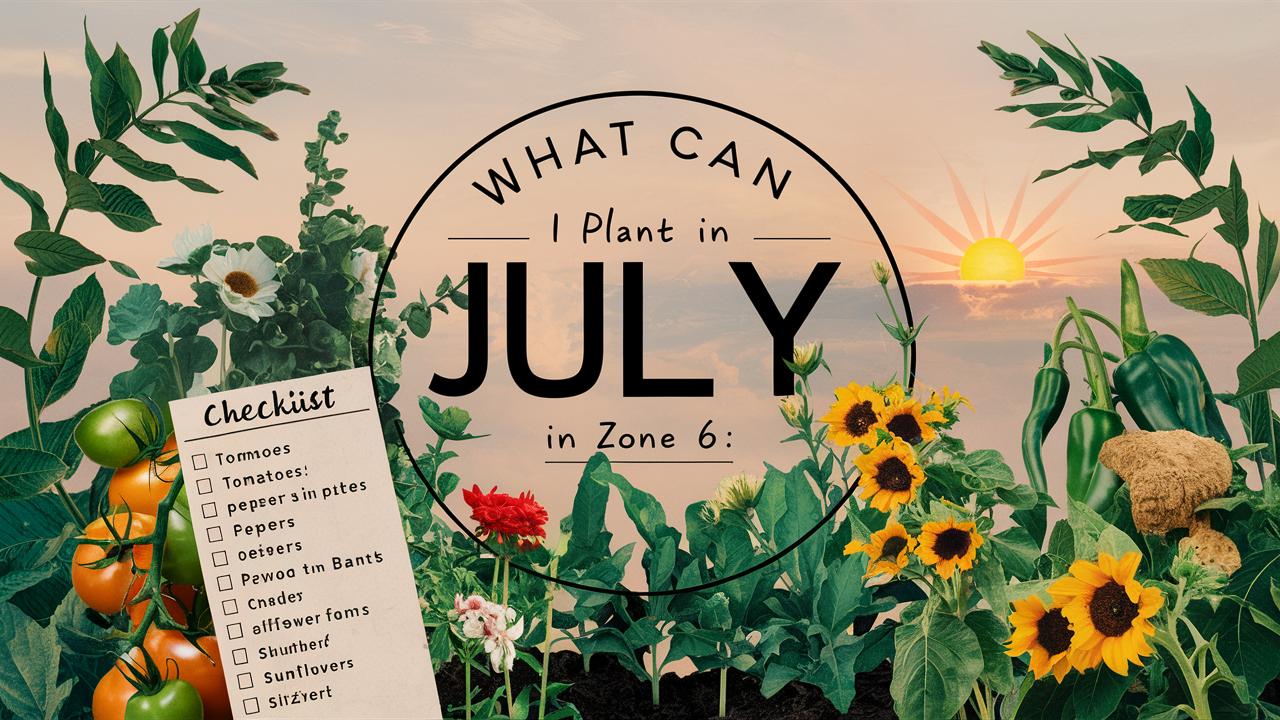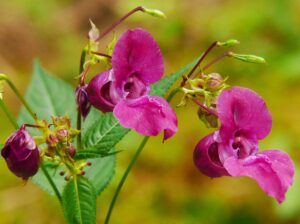This post offers an insightful guide on what you can plant in July in Zone 6, focusing on not only the varieties but also on their temperature tolerances and ideal planting techniques.
Vegetables To Plant
July is a pivotal month in Zone 6 for the home gardener. The warm soil encourages quick germination, ensuring a fruitful late summer and early fall harvest.
Beans (Bush and Pole)
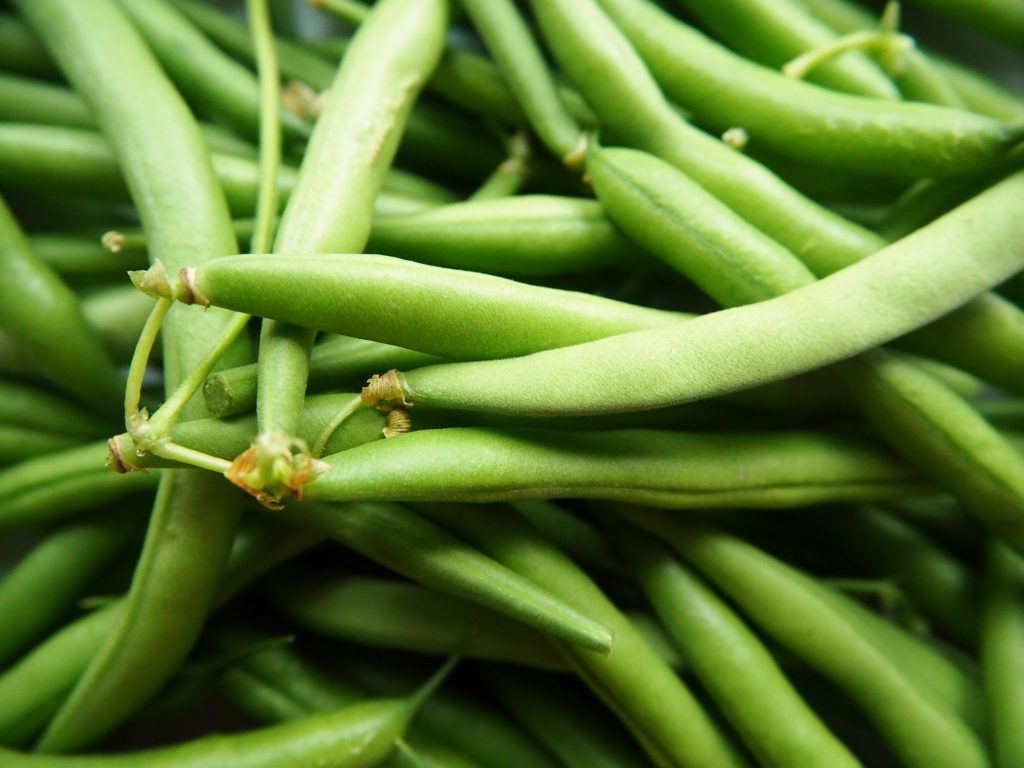
Temperature Tolerance: Beans thrive in warm conditions, with optimal soil temperatures ranging from 70°F to 90°F.
Planting in July allows you to sow both bush and pole beans, which can mature in about 50-70 days. Bush beans tend to have a more compact growing habit and benefit from a tight spacing of 2-4 inches, while pole beans require vertical support and can be spaced around 3 inches apart. When planting in July, ensure your last frost date has passed, as beans are sensitive to cold.
Cucumbers
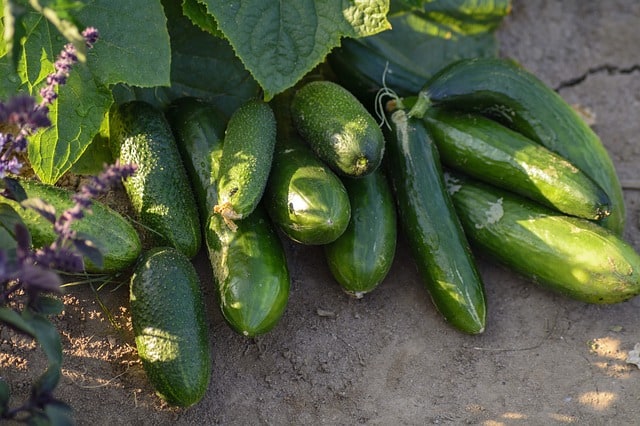
Temperature Tolerance: These warm-season vegetables prefer temperatures between 70°F and 85°F.
July planting of cucumbers can yield fruit in as little as 50-70 days. They need full sun and well-drained soil, and planting in late July will provide enough warmth for germination. Consider choosing fast-growing varieties like ‘Bush Crop’ or ‘Picklebush’ for an efficient summer harvest.
Carrots
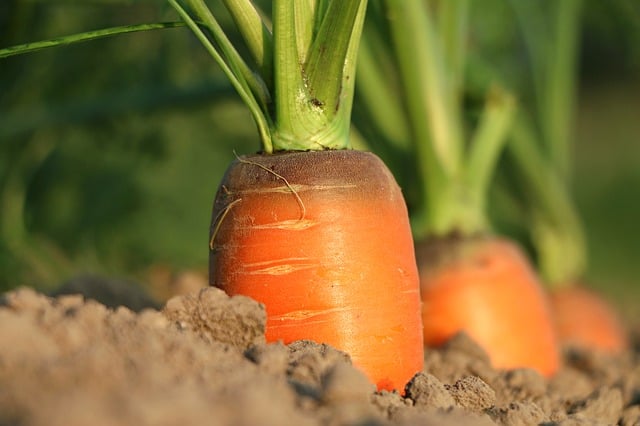
Temperature Tolerance: Carrots are cool-season crops that prefer temperatures between 55°F to 75°F.
Though July might seem late for carrots, in Zone 6, you can still plant short-season varieties such as ‘Nantes’ or ‘Chantennay.’ If sown in early July, they can be harvested as late as October, taking advantage of the cooler fall temperatures that enhance their sweetness.
Beets

Temperature Tolerance: Beets also prefer cooler temperatures, thriving between 60°F and 75°F.
Sowing beets in July gives them a chance to mature before the first frost. They grow quickly, often ready for harvest in 50-60 days. Additionally, beet greens can also be harvested early, providing fresh, edible greens in the same planting.
Radishes
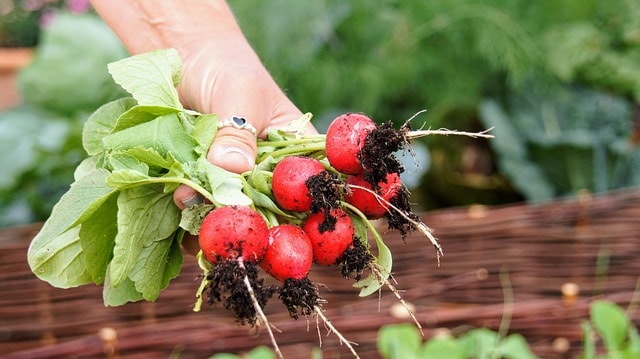
Temperature Tolerance: Radishes excel in cooler weather, thriving in temperatures from 50°F to 75°F.
These quick-growers are especially suitable for a July planting in Zone 6. You can expect to harvest varieties like ‘Cherry Belle’ or ‘French Breakfast’ in just 25-30 days. The rapid growth means you can enjoy multiple harvests over the season.
Pumpkins
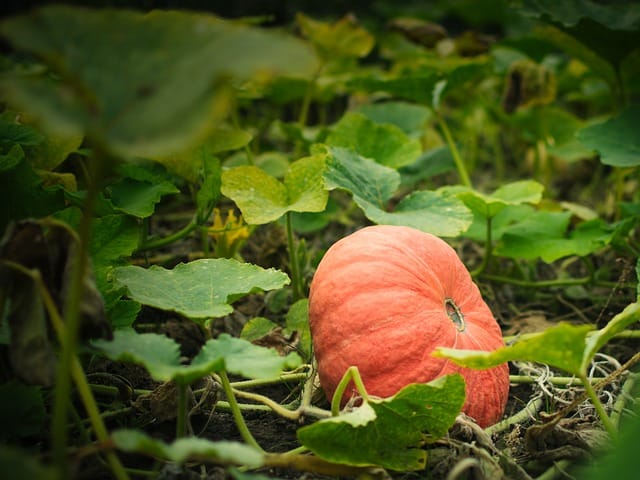
Temperature Tolerance: Pumpkins thrive in warm conditions, ideally between 70°F and 90°F.
If you are looking to grow pumpkins for fall decorations, late July is your time. Planting varieties such as ‘Jack-o’-Lantern’ or ‘Sugar Pie’ will allow them to grow effectively with the long-standing warmth and long days in July, ready for harvesting when fall arrives.
Summer Squash
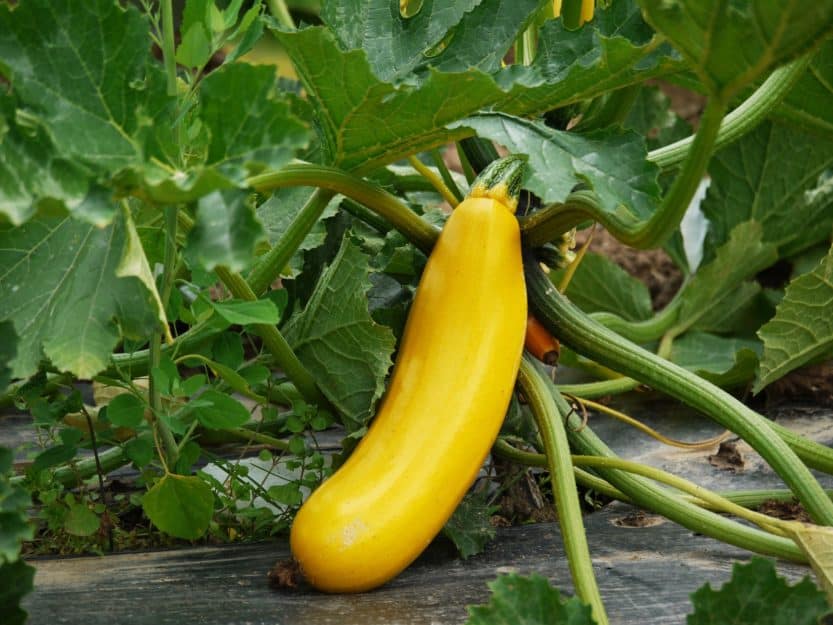
Temperature Tolerance: Summer squash prefers warm temperatures, flourishing between 60°F and 85°F.
Planting zucchini or yellow squash in early July can lead to a delightful harvest within approximately 50-65 days. Their fast growth is not only satisfying but functional, leading to an abundant supply for summer meals.
Kale

Temperature Tolerance: Kale is exceptionally hardy and grows well in temperatures ranging from 55°F to 70°F.
Plant kale in late July for a fall harvest. Opt for varieties like ‘Lacinato’ or ‘Winterbor’ that can tolerate the cooler months. The summer heat will help germinate seeds quickly, while the colder months will enhance the flavor of your kale.
Turnips
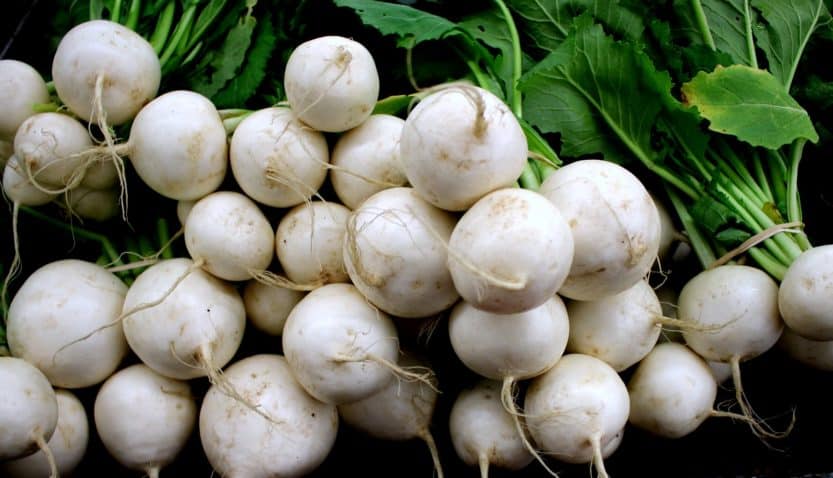
Temperature Tolerance: Turnips thrive in temperatures from 50°F to 75°F.
July is an exceptional time to plant turnips in Zone 6, particularly for fall crops. This fast-growing vegetable takes around 50-60 days to mature and can be harvested as both roots and edible greens.
Late-Season Potatoes
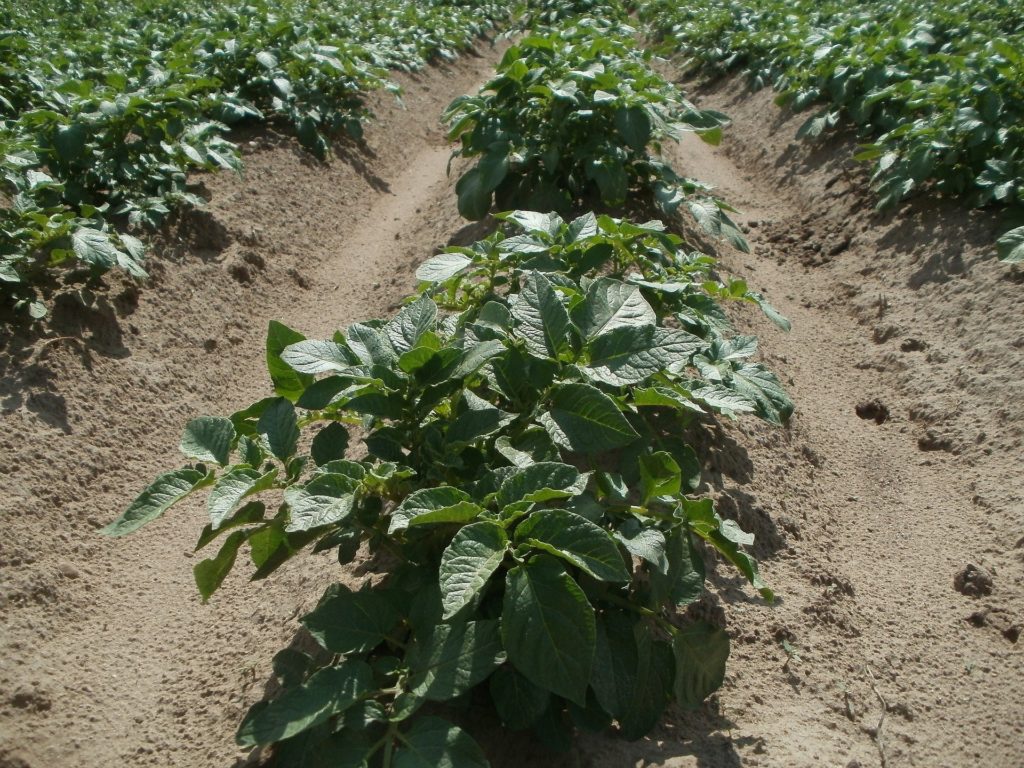
Temperature Tolerance: Potatoes prefer cooler weather, ideally around 60°F to 75°F.
While typically planted in early spring, July is not too late for early maturing varieties like ‘Yukon Gold’ if you have an adequately long growing season. Plant them by the middle of the month to ensure sufficient growth time before the first frost.
Flowers To Plant
Transform your garden into a vibrant display by planting flowers that do well in the latter parts of summer. Zone 6 can support a range of flowers that will bloom into fall, offering endless beauty.
Zinnias

Temperature Tolerance: Zinnias thrive in warm weather, doing best in temperatures around 70°F to 90°F.
These annual flowers can be directly sown into the soil in July, thriving in full sun and well-drained soil. Known for their colorful blooms, zinnias come in various heights and colors, making them perfect for both borders and cut flower arrangements. After sowing, you can expect blooms in about 6-8 weeks.
Sunflowers

Temperature Tolerance: Sunflowers love the heat, thriving in 70°F to 100°F temperatures.
Plant sunflowers in early July for a stunning late-summer display. Choose short-stature varieties for smaller spaces or towering giants for a statement in your garden. Sunflowers grow rapidly, often reaching their full height in less than 70 days, bringing cheer to your garden.
Marigolds
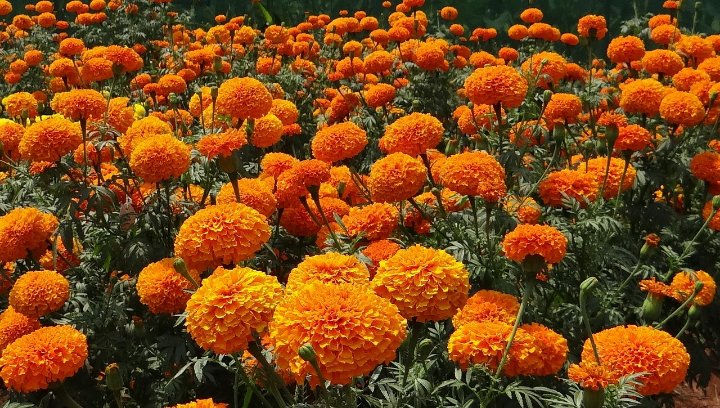
Temperature Tolerance: These hardy annual flowers do well in warm weather, thriving best between 70°F and 80°F.
July is an excellent time to plant marigolds for continued color throughout late summer and into fall. They are known for their pest-repelling qualities, making them a favorite companion plant in vegetable gardens. With a variety of colors and sizes available, marigolds can add instant vibrancy to your garden.
Cosmos

Temperature Tolerance: Cosmos flourish in warm weather, doing best between 70°F and 85°F.
August blooming varieties can be started from seed in July. These easy-to-grow flowers appreciate poor soil and full sun, seamlessly bringing a casual charm to any garden. Once planted, they can add delightful color and attract pollinators throughout late summer.
Cleome
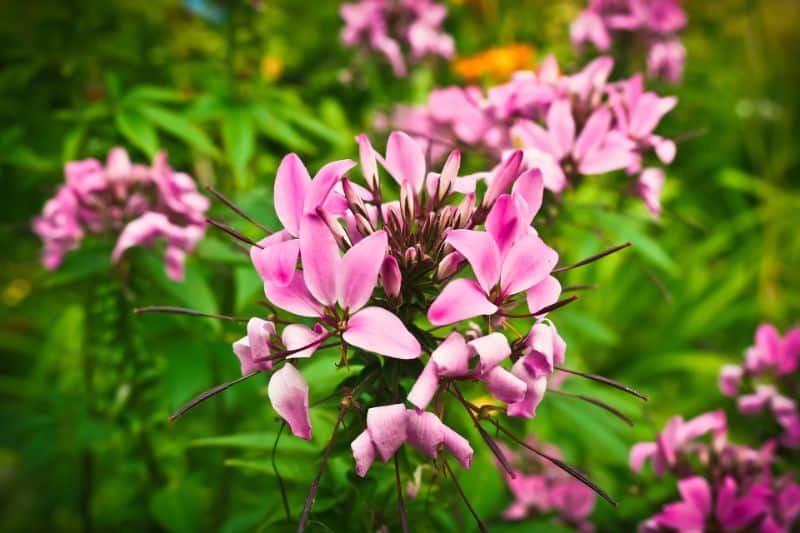
Temperature Tolerance: Cleome, also known as spider flower, thrives in warm weather and performs well in temperatures between 70°F and 90°F.
Sowing in July will allow them to begin blooming in late summer and continue producing flowers into fall. These tall plants are excellent for backgrounds and can reach heights of up to 5 feet. Their unique appearance and spiny textures complement various garden designs.
Asters
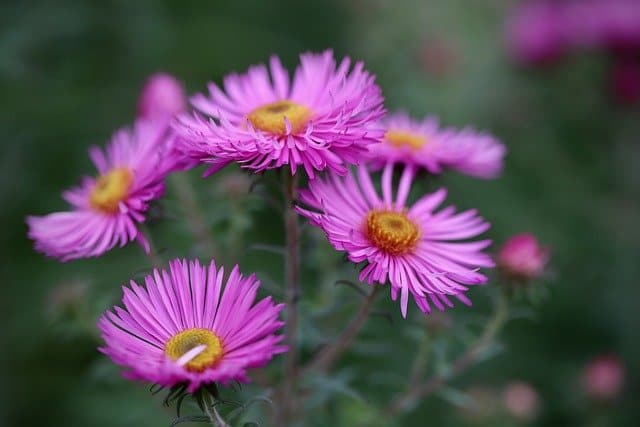
Temperature Tolerance: Asters are quite hardy, doing best between 60°F and 75°F.
While they are traditionally a late-summer to fall bloomer, starting them from seed in July will allow for a robust display. Asters are low-maintenance and beloved for their delicate blooms in colors like purple, blue, and white, attracting essential pollinators.
Dahlia
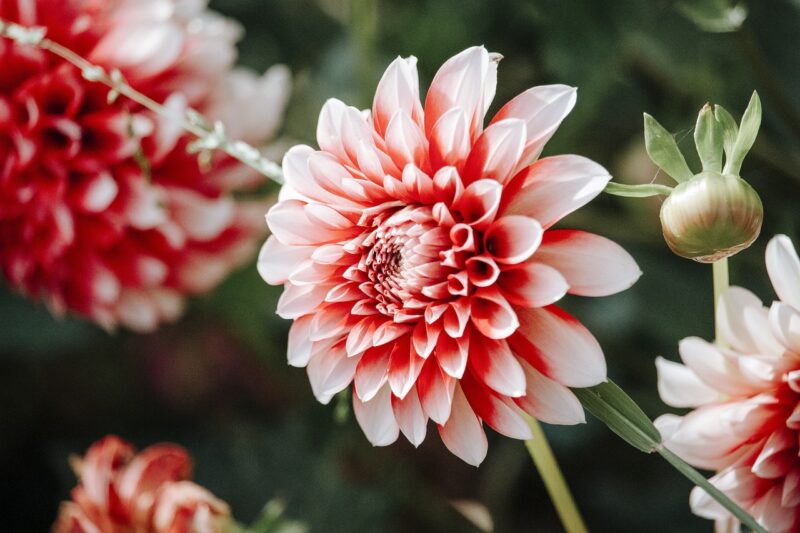
Temperature Tolerance: Dahlias flourish in warm temperatures, ideally between 70°F and 80°F.
Planting dahlias in July offers a potential continuous bloom until the first frost. These show-stopping flowers come in various types and hues. Tubers can be planted directly into the soil, and you might expect blooms in as little as 8 weeks after planting.
Morning Glories
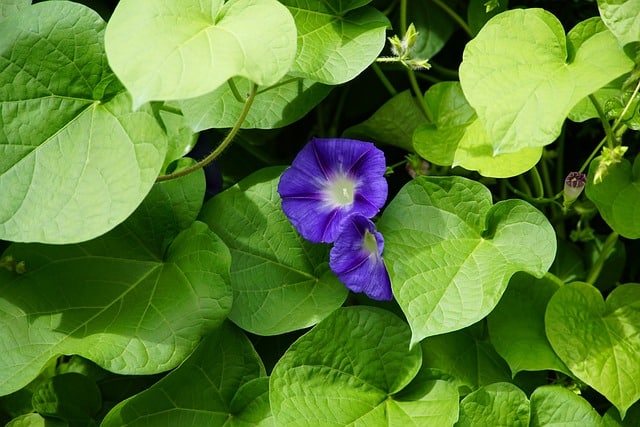
Temperature Tolerance: Morning glories perform well in warm temperatures, typically thriving in 60°F to 90°F.
These fast-growing annual climbers can be sown in July for a beautiful backdrop of vibrant blooms and lush green leaves. They’re perfect for trellises or fences, providing coverage and color well into the fall. Expect blooms about 60-80 days after sowing.
Snapdragons
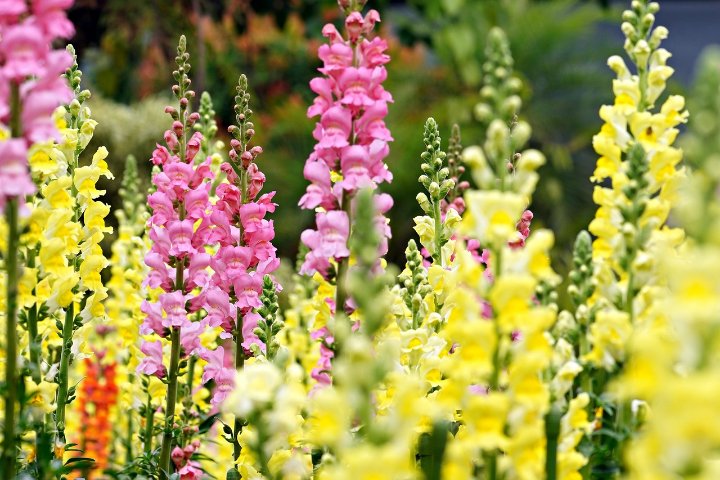
Temperature Tolerance: Snapdragons prefer cooler weather, doing best between 55°F and 75°F.
In July, the gentle heat can help germinate these beautiful perennial flowers. They can bloom into fall and can withstand light frost, making them an excellent choice for extending the flowering season in your garden.
Black-eyed Susans
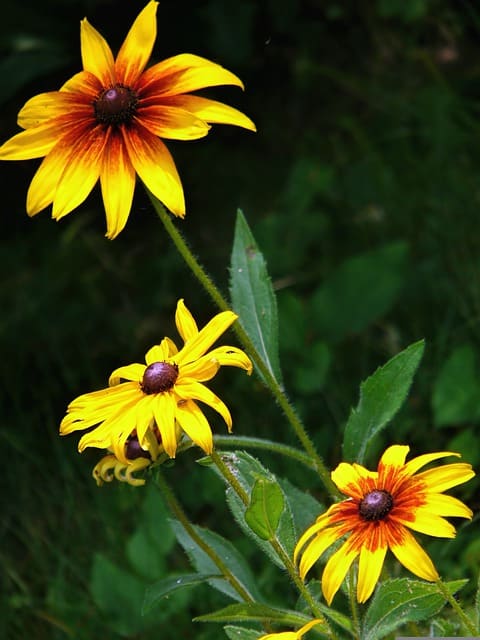
Temperature Tolerance: These hardy perennials thrive in a broad range of temperatures, from 60°F to 80°F.
Although they are often planted early in the spring, starting Black-eyed Susans in July will yield strong flowers for the late summer. Their cheerful yellow petals and distinctive dark centers brighten any garden, thriving in various soil types and providing a habitat for pollinators.
Herbs To Plant
Herbs are a powerful addition to any garden, providing flavor for your dishes, aromatic scents, and even medicinal benefits. July in Zone 6 is an excellent time to sow herbs that will flourish before the first frost.
Basil
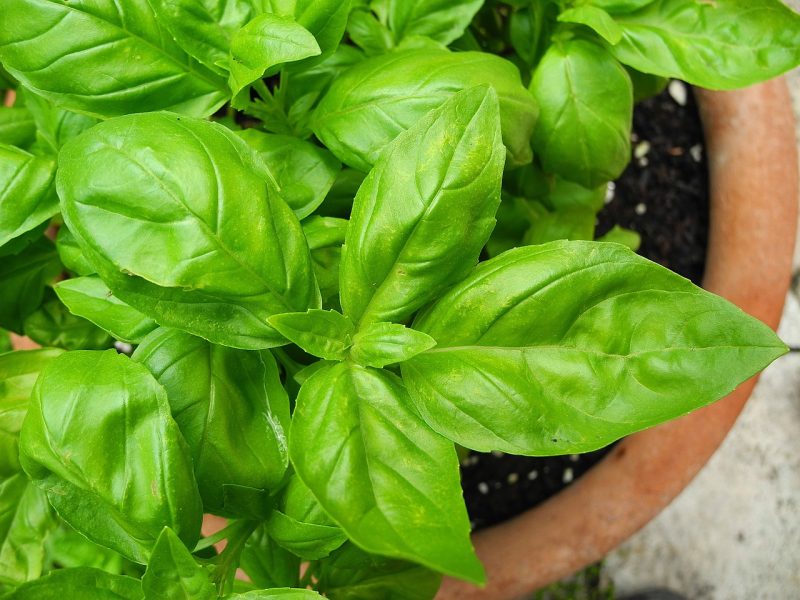
Temperature Tolerance: Basil thrives in warm conditions, ideally in temperatures between 70°F and 85°F.
Sowing basil seeds in July will result in delicious, fragrant leaves that you can enjoy in late summer dishes. Start your seeds indoors or directly in the garden, ensuring they have plenty of sunny exposure and rich soil. Expect to start harvesting within weeks, enhancing summer salads and sauces.
Dill
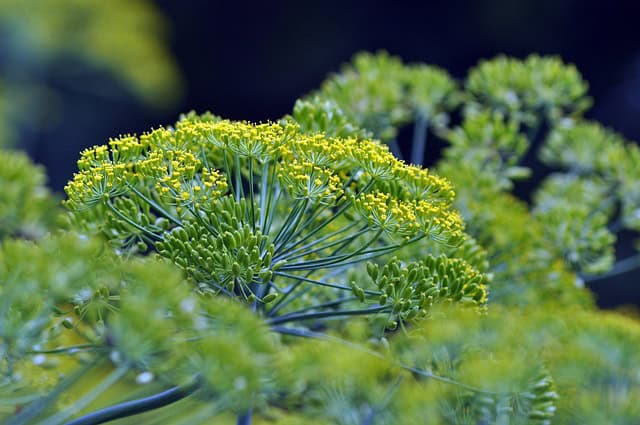
Temperature Tolerance: Dill prefers warm weather, thriving between 60°F and 80°F.
Planting dill in July gives it a chance to mature before cooler temperatures arrive. This versatile herb can be grown in well-drained soil and can be harvested for its leaves or left to flower for seeds. Dill attracts beneficial insects, making it a valuable addition to any herb garden.
Cilantro
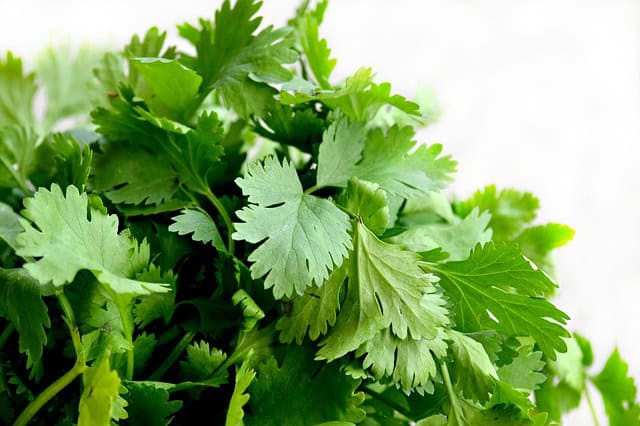
Temperature Tolerance: Cilantro does best in cooler weather but can thrive in temperatures up to 75°F.
Many gardeners overlook cilantro during the summer, but indirect sowing can result in continuous growth. Start cilantro in early July for a late summer harvest. Space plants adequately for air circulation, allowing them to thrive through moderately warm days.
Chives

Temperature Tolerance: Chives prefer moderate conditions, doing best between 60°F and 75°F.
In Zone 6, you can sow chives seeds in July, as they will continue to produce flavorful green tops throughout the late summer and into fall. These hardy perennials can tolerate light frosts, making them a reliable perennial to have in your herb garden.
Parsley
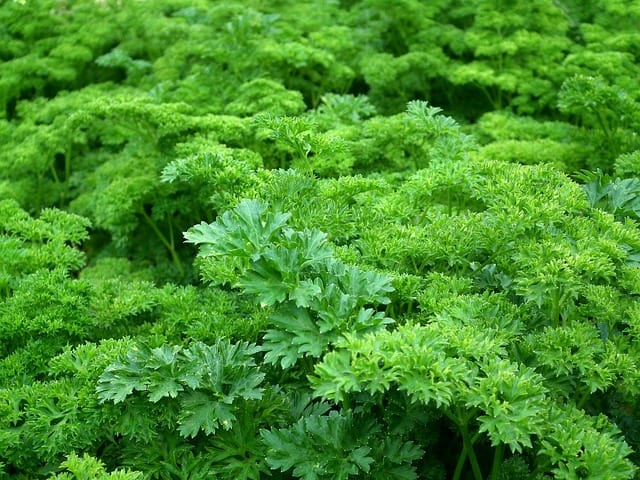
Temperature Tolerance: Parsley thrives in moderate temperatures between 60°F and 70°F.
Sowing parsley seeds in July allows for a late summer harvest. This herb does best in well-drained loamy soil. Parsley grows slowly initially but once established, it enhances dishes beautifully and can endure light frost, allowing for extended use into the fall.
Thyme
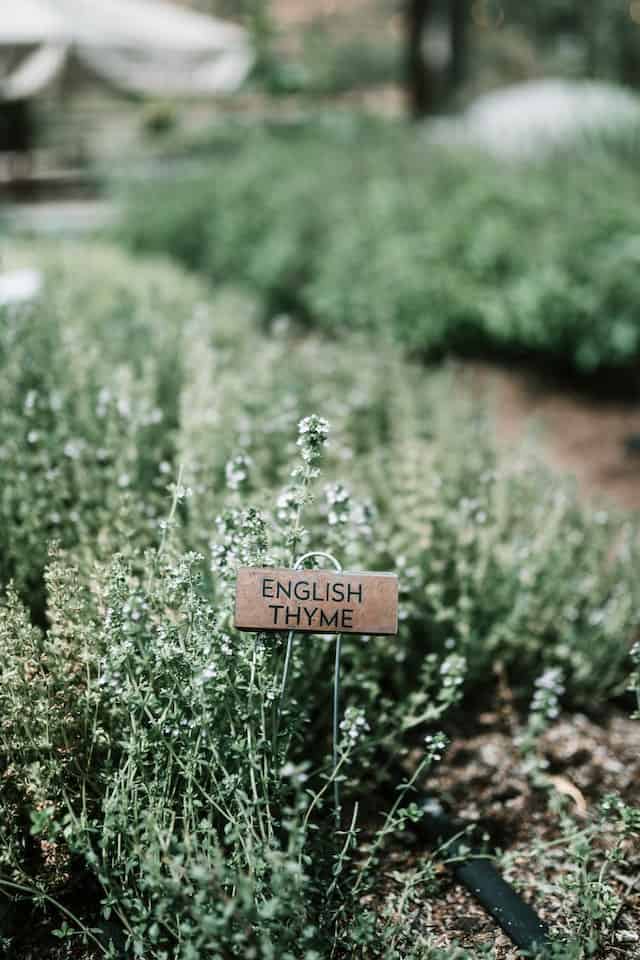
Temperature Tolerance: Thyme does best in warm, dry conditions, ideally around 70°F to 80°F.
This hardy perennial can be sown in July, adapting well to a variety of soil types. Thyme prefers full sun and well-drained conditions, growing well into the fall. Regular harvesting encourages growth, making it a delightful herb to have on hand for seasoning.
Oregano
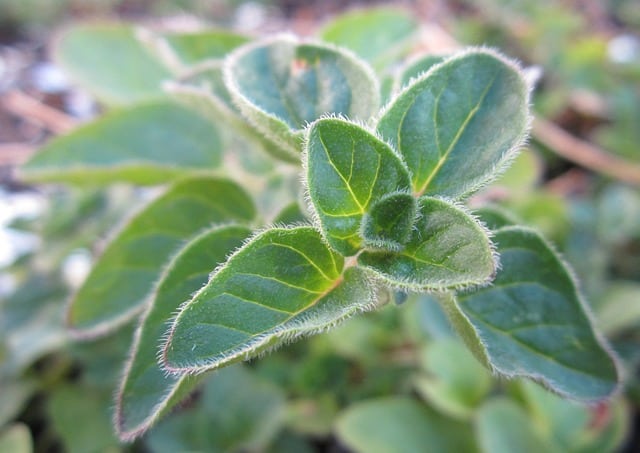
Temperature Tolerance: Oregano thrives in warm conditions, enjoying temperatures from 70°F to 85°F.
Planting oregano in July yields aromatic leaves you can harvest for culinary uses. This perennial herb requires well-drained soil and full sun. Once established, oregano can spread easily, providing a continuous supply for dishes all summer long.
Mint
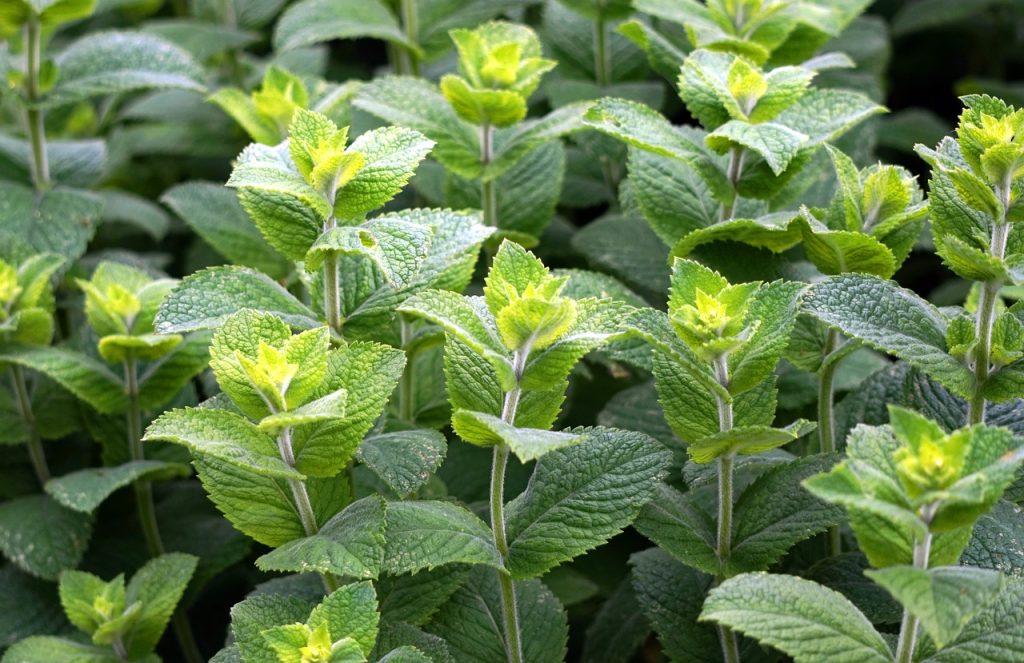
Temperature Tolerance: Mint prefers mild temperatures, thriving ideally between 60°F to 75°F.
While mint is known for its aggressive growth, sowing in July helps ensure an abundance without being overrun. Plant mint in containers or confined spaces to manage its spread. This refreshing herb can be harvested throughout the summer and fall.
Sage

Temperature Tolerance: Sage thrives in warm, sunny environments, ideally enjoying between 70°F to 80°F.
July is a great time to plant sage in Zone 6 gardens. Sage can grow well into autumn, providing lovely scents and flavors. Space the plants adequately to allow for airflow and proper growth.
Tarragon
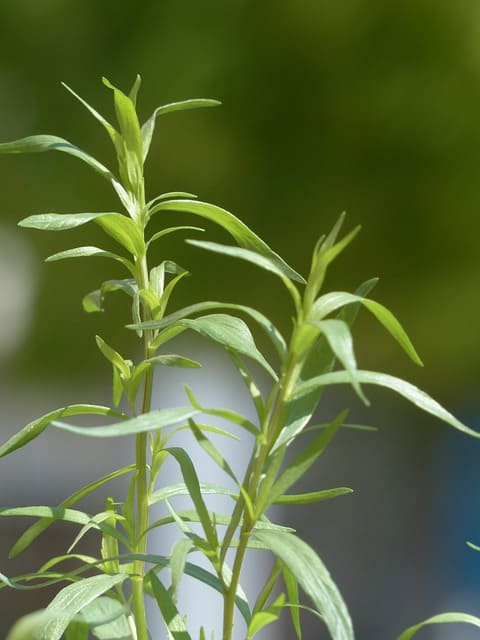
Temperature Tolerance: Tarragon prefers moderate to warm conditions and grows best between 60°F and 75°F.
You can plant French tarragon in July, allowing this herb to mature before the cooler months arrive. It thrives in well-drained soil and full sun, offering a delightful anise flavor that complements various dishes.
Landscape Plants To Plant
Adding landscape plants in July can help establish a lush and vibrant garden that will flourish through the changing seasons. Here are some selections that thrive in Zone 6.
Ornamental Grasses
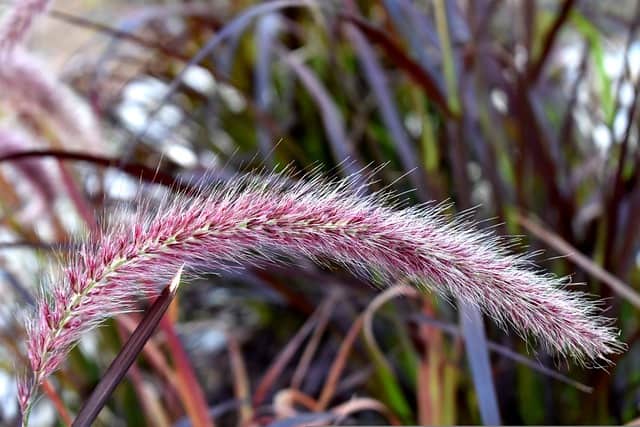
Temperature Tolerance: Ornamental grasses prefer warm conditions, flourishing best in temperatures between 70°F and 85°F.
Planting ornamental grasses in July will allow them to establish roots before the fall. Varieties like Miscanthus sinensis or Panicum virgatum offer striking textures and contribute to a dynamic landscape throughout the year. These plants are typically drought-tolerant once established.
Butterfly Bush (Buddleja)
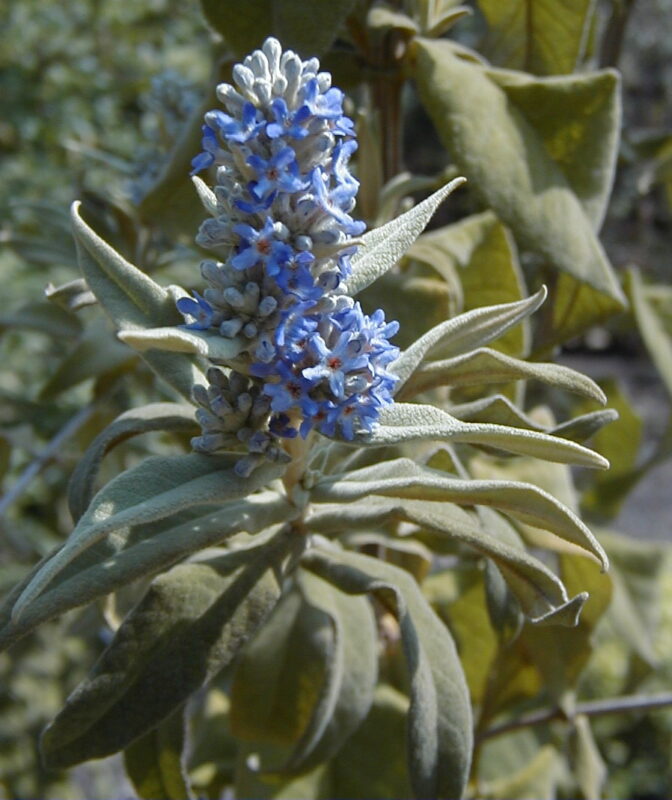
Temperature Tolerance: Butterfly bushes thrive in warm climates, with optimal temperatures between 70°F and 90°F.
July is an ideal time to plant butterfly bushes, promoting summer bloom time that naturally attracts pollinators. These hardy perennials can handle dry conditions and bloom continuously until frost, adding vibrant purple, pink, or white flowers to your garden.
American Beautyberry (Callicarpa americana)

Temperature Tolerance: Thrive in warm temperate zones, doing best in temperatures around 70°F to 85°F.
Planting American Beautyberry in July allows this deciduous shrub to establish before cooler months. Recognized for its bright purple berries, this landscape plant attracts birds and wildlife while giving your garden a unique aesthetic from summer into fall.
St. John’s Wort (Hypericum perforatum)

Temperature Tolerance: St. John’s Wort flourishes in warm weather, thriving ideally between 70°F and 90°F.
This durable perennial can be cultivated effectively in July, and its bright yellow flowers are admired both aesthetically and for their herbal properties. It’s an excellent option for naturalizing and requires minimal care once established.
Black-eyed Susans (Rudbeckia)

Temperature Tolerance: Black-eyed Susans thrive in a range of temperatures, usually flourishing between 70°F and 85°F.
Although commonly grown from seed in early spring, you can still transplant seedlings in July to receive a bountiful array of vibrant yellow blooms in late summer. Known for their resilience, they are an excellent option for low-maintenance gardens.
Sedum

Temperature Tolerance: Sedums prefer warm temperatures and thrive in dry conditions, ideally between 70°F and 90°F.
Planting sedum in July is simple; given their drought tolerance and unique forms, they provide textures and colors to the landscape. Succulent varieties can flourish in poor, well-drained soils, making them an ideal choice for low-maintenance gardens.
Russian Sage (Perovskia atriplicifolia)
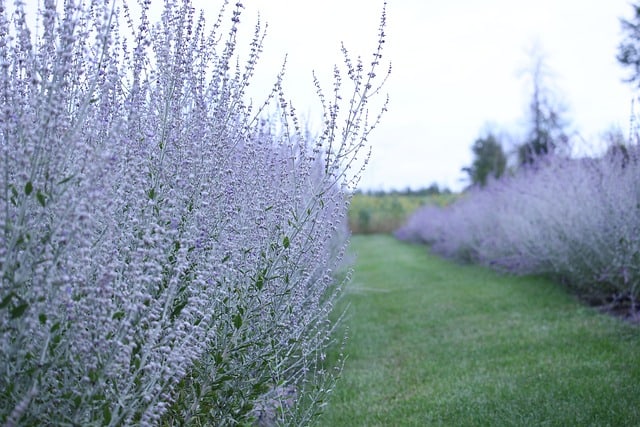
Temperature Tolerance: Russian Sage thrives in warm and dry environments, performing best between 70°F and 85°F.
July is an excellent time to introduce Russian sage to your garden. This drought-tolerant perennial showcases stunning purple spikes and silvery foliage that will keep your landscape lively all summer long.
Hydrangeas

Temperature Tolerance: Different varieties thrive in a range of temperatures, many best between 70°F and 80°F.
Planting Hydrangeas in July allows them to establish root systems before the cooler months. Their stunning blooms, which change color based on soil pH, provide visual interest throughout the growing season. Regular watering fosters healthy growth, especially in the heat of summer.
Ornamental Pear Tree (Pyrus calleryana)
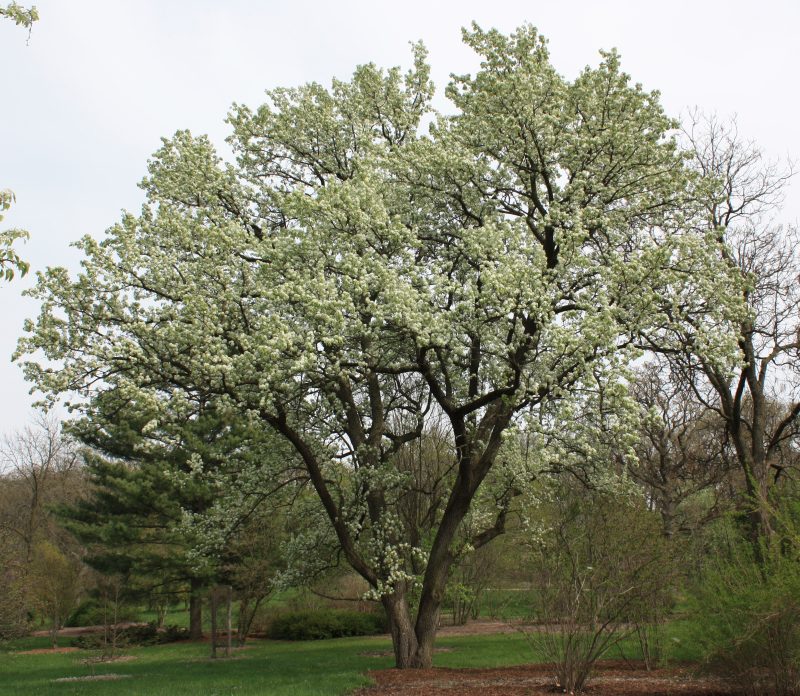
Temperature Tolerance: Ornamental pears thrive in warm conditions, typically doing best between 60°F and 90°F.
July can be a fruitful time to plant ornamental pear trees. With their stunning white flowers in spring and vibrant fall foliage, they serve as a beautiful addition to any landscape. Ensure they have adequate space to grow, allowing them to reach their full height and width.
Coneflower (Echinacea)
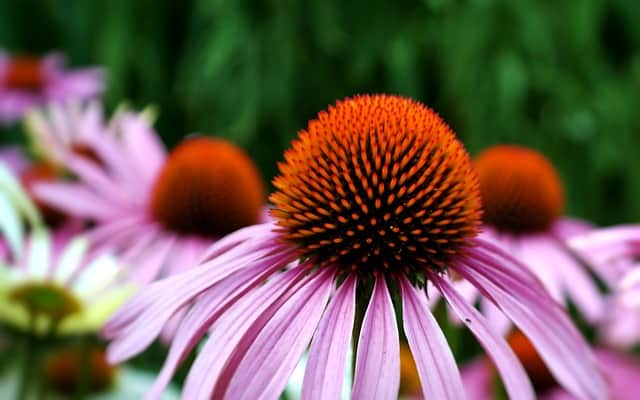
Temperature Tolerance: Coneflowers flourish in moderate to warm climates, ideally from 60°F to 85°F.
These perennials can be planted in July for a stunning late-summer bloom. Their resilience against drought and poor soil conditions makes them an excellent choice, and their vibrant colors attract pollinators, contributing vibrancy to your landscape.


